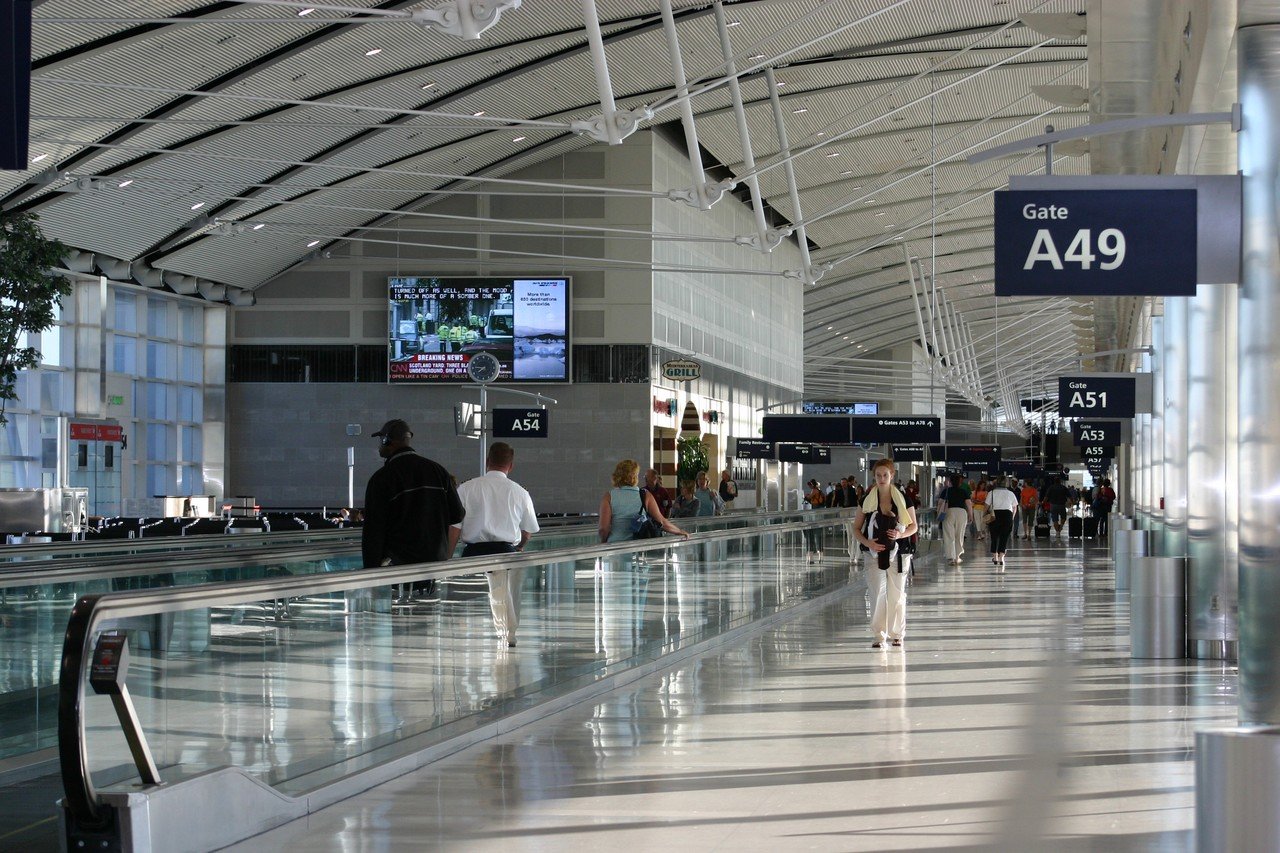AI & Privacy in Emerging Airport Tech
Airports worldwide are embracing advanced technologies to improve security, efficiency, and overall operational effectiveness. While innovations like artificial intelligence (AI), license plate recognition (LPR), and facial recognition are revolutionizing the industry, they bring forth significant privacy challenges that must be managed proactively. This article talks about how airports can balance the benefits of these technologies with the need for robust data privacy measures.
The Role of Advanced Technologies in Modern Airports
Enhanced Security Measures: LPR systems can monitor vehicles entering and exiting airport premises, facilitating quick action in case of suspicious activities. AI-powered video surveillance enhances security by detecting potential threats and ensuring rapid responses, improving the overall safety of passengers and staff.
Increased Operational Efficiency: Facial recognition systems and automated self-service kiosks help improve passenger flow, reducing waiting times and easing congestion. For example, these systems enable faster check-ins and facilitate smooth boarding processes, enhancing the traveler experience.
Cost Savings and Resource Optimization: Adopting AI-driven technology helps airports reduce reliance on manual labor for monitoring and routine security checks. Automating tasks such as luggage scanning and perimeter monitoring can lead to operational cost savings.
According to a 2023 industry report by Airports Council International, airports using facial recognition have reported up to a 30% reduction in passenger processing time.
Airport gates and escalators with passengers
Privacy Concerns: The Other Side of the Coin
While the advantages of these technologies cannot be denied, the potential for misuse or unintentional violations of passenger privacy cannot be overlooked either. The extensive collection and use of biometric data, including facial recognition, may infringe on individual rights and raise ethical concerns.
Data Collection and Usage Risks: Privacy advocates warn about the risks associated with large-scale data collection. Without stringent controls, sensitive information could be exposed to unauthorized access, breaches, or misuse.
Ethical Concerns with Surveillance: Facial recognition, although beneficial for security, has been at the center of debates around surveillance and potential discrimination. Concerns arise when these systems are used without the consent or awareness of individuals, leading to potential conflicts with regional and international privacy laws.
The Electronic Frontier Foundation (EFF) emphasizes that overreliance on surveillance technology can erode public trust and lead to increased resistance.
Airport security personnel scanning passenger passport and letting them proceed into the port of entry
Solutions: Balancing Technology and Privacy
Achieving a balance between technological advancements and privacy is challenging but necessary. Below are some key strategies for airports and their technology partners to implement:
1. Data Protection Measures: Airports should adopt comprehensive data protection frameworks to prevent unauthorized access and breaches. This includes encryption protocols, regular audits, and compliance with standards like the General Data Protection Regulation (GDPR) for European airports. For example, Heathrow Airport recently updated its data management policies to align with GDPR, showcasing transparency and a commitment to protecting traveler data.
2. Transparent Communication: Airports should provide clear and accessible information about how biometric data is collected, used, and stored. Informational signage and online disclosures outlining data policies can help travelers feel more secure. An initiative by Changi Airport in Singapore included interactive kiosks that explain how data is managed, enhancing passenger awareness.
3. Consent Mechanisms Whenever feasible, airports should allow passengers to opt-in or out of certain data collection processes. Consent mechanisms can be integrated into mobile apps or check-in procedures, ensuring that travelers have control over their data.
4. Collaborate with Stakeholders: Partnerships with privacy advocates, legal experts, and passenger rights organizations can provide valuable insights into ethical data usage. Engaging in open dialogues with stakeholders can help tailor solutions that meet both operational needs and privacy expectations.
The International Air Transport Association (IATA) recommends annual reviews and consultations to adapt policies based on technological advancements and public sentiment.
Practical Steps for Airports
For airports seeking to implement advanced technology while maintaining passenger privacy, consider the following checklist:
Regularly evaluate what data is being collected and whether it is essential for operational goals.
Educate staff on the importance of data security and responsible technology use.
Ensure that partners comply with privacy regulations and maintain high standards for data protection.
Have a plan in place for addressing potential data breaches to minimize impacts and maintain public trust.
Key Takeaways
AI, LPR, and facial recognition can positively impact airport operations but require careful implementation.
Protecting passenger data and ensuring transparency are essential to uphold trust and comply with regulations.
By adopting strong data protection policies, enabling informed consent, and engaging with stakeholders, airports can successfully adapt to the challenges of modern technology.
At Sighthound, we recognize the importance of privacy protection in the airports industry. Our advanced solution, Redactor, is designed to help airports effectively address privacy concerns by seamlessly redacting sensitive information from videos and images. With powerful algorithms and user-friendly features, Redactor enables airports to anonymize passenger data, ensuring compliance with privacy regulations and building a strong foundation of trust.
Take a free trial of Redactor today: www.redactor.com/free-trial
-
Facial recognition technology enhances airport security by automating the identification process, speeding up passenger check-ins, and detecting potential security threats. It helps reduce wait times and ensures accurate verification, making the overall travel experience safer and more efficient.
-
Yes, most airports use advanced encryption and data security measures to keep personal data safe. However, it’s important for travelers to stay informed about an airport's specific privacy practices and regulations to understand how their data is protected.
-
Privacy laws affecting airport surveillance and facial recognition include GDPR in Europe, which mandates transparent data handling and user consent. In the U.S., various state laws regulate the use of biometric data, and the global trend is moving towards stricter data protection measures.
-
License plate recognition is used to monitor vehicles for security purposes, manage parking efficiently, and identify unauthorized or suspicious vehicles. It helps automate access control and enhances overall safety within airport premises.
-
Yes, many airports allow passengers to opt out of facial recognition systems and choose alternative identity verification methods. It’s best to check an airport's website or ask staff for their specific policies on biometric data collection and alternative processes.


